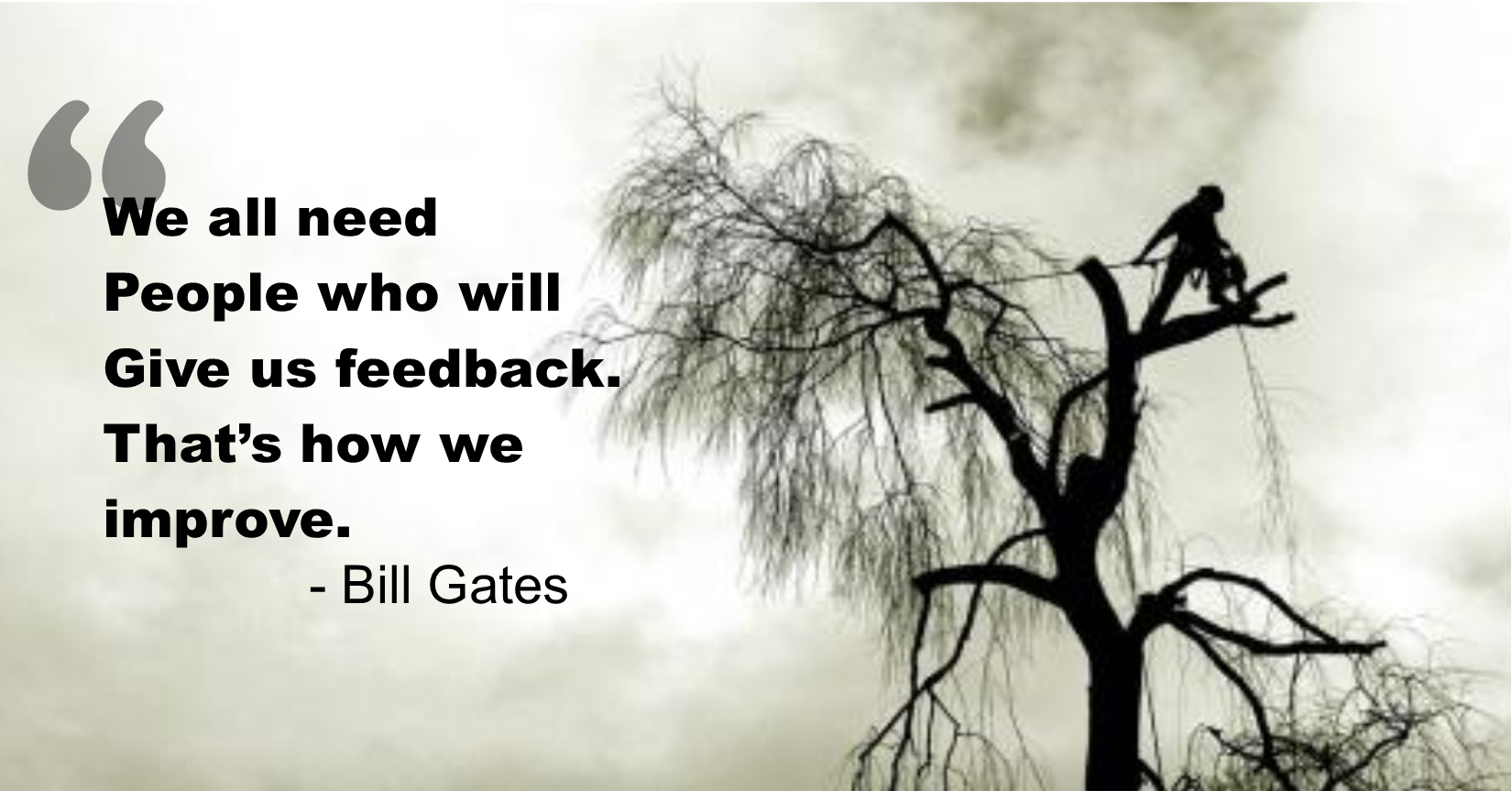Most Recent
Featured Stories

Subscribe To Receive Our Blogs
Popular Stories
Popular Tags
Arborist General Interest Business Arborist Gear Skills Training Events Tree CareThe improved products we have access to, and the rapid product development cycle we find ourselves in today (which some might describe as frenzied) is thanks in large part to the nature of tree climbers. We're always innovating and finding sources of cross-pollination, we're always refining and determined to learn and progress in our craft, and we're forever optimizing the amount of energy required to complete any task. We can also be stubborn, impatient and determined to blaze our own trail. I'm at home in both of those camps. It was these traits in tree climbers that drove innovation in products and techniques, and it was these same tree climbers that developed and delivered the training to industry.
The period between 2000 and 2010 unleashed a whirlwind of change to the industrial tree climbing status quo with arborist professional development going mainstream. A product development cycle was fueled in large part by the collaborative and innovative energy in this group. As a critical mass of arborists hustled through the training on offer, new programs were slow to develop, and those caught up in the joy of learning needed to locate new sources for practical training.
The stripped-down and straight to the point approach to training via YouTube, online training/product articles, Instagram, Facebook deliver content in a accessible and typically free format although as the producers of this type of content generally disclaim, it is not intended as a substitute for professional instruction. These formats are a perfect resource for keeping tabs on development of techniques and equipment, and are often used as a component of a complete training module. The kind of training that you pay for.
When it comes to committing professional development, I often hear questions along the lines of "That's a lot of money. What do I get out of it and where does the money go?". Quite simply, you have signed yourself up for the how and the why, and you are helping to cover the costs of the presenter, the venue and the development of the course content. There's no suitcases full of cash leaving the course, and it might suprise you to learn that many of our industry's finest trainers are travelling across oceans and sleeping on couches to facilitate a course for a small group of enthusiastic arborists.
What other value is there in paying for arborist professional development?
- You are receiving course content from a subject matter expert, who when challeneged on the course content will provide you with specific references to backstop the information in question.
- You get to see the big picture, and get to know the finer points.
- You can ask questions and contribute.
- You get the tactile experience and opportunity to practice under the watchful eye of a vetran on the subject.
- You could build your professional/friend network. You might meet your future boss, your future client, a future employee, or a future colleague.
- The information you share following a course is typically of a higher quality and greater depth than receiving training by other means (articles, videos, podcasts, etc.).
We all have limitations on how much professional development we can afford and some of us aren't as fortunate to be near the cities where most training tends to be scheduled. If you're on the fence on whether to spend the money and attend, it's best not to expect an instant transformation that gives you a gold star for your hardhat and a raise when you get back to work. Think of professional development as a slow, steady trek to depth and excellence.
- Gary Oaks



